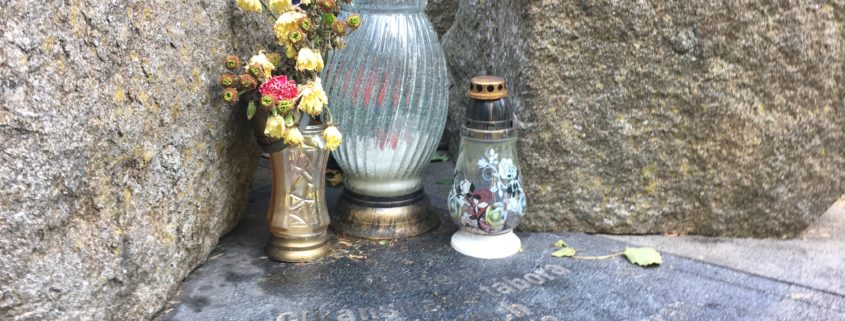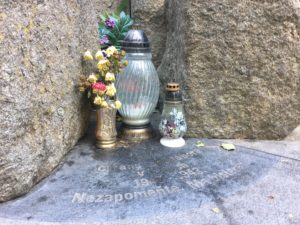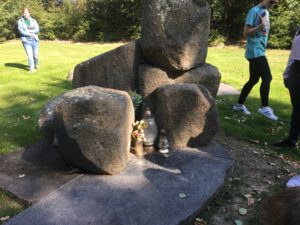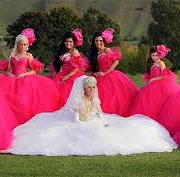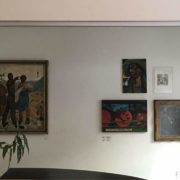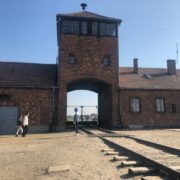The Roma Are People Too
By Clare Toner
Part of what drew me to the Central Europe Program offered by Syracuse University is its focus on the Holocaust. Prior to beginning this semester abroad, I considered myself to be well-versed on this subject. I studied it throughout my elementary, middle, and high school history courses in small doses and felt like I had a strong baseline knowledge of the events that occurred. In doing this program, I expected to challenge myself in expanding upon the knowledge I already had, rather than being introduced to completely new and unfamiliar knowledge.
This expectation I held went away as soon as I opened the readings assigned to us for our traveling seminar. They did expand on what I already knew about the Holocaust but they also introduced an aspect of it that was completely foreign to me: the victimization of the Roma population during the Holocaust. In my elementary, middle, and high school history courses that touched on the Holocaust in their curriculum, my teachers all failed to mention the severity of the oppression and discrimination that the Roma faced during this time.
These past two weeks have been eye-opening for me. Going from knowing very little about the Roma population in the Holocaust to being in the actual countries and, in some cases, on the very ground of where their mistreatment, abuse, and in some cases, deaths, took place has been a unique and emotional learning experience. My study of the Nazi’s treatment of the Romani population during World War II culminated with our visit to the Lety concentration camp, a World War II labor camp for Romas. The Lety camp, located about an hour outside of Prague, is isolated and lonely. That afternoon, aside from a couple walking their dog, our tour group made up of twenty students were the only people there. This sense of abandonment that surrounds the camp speaks volumes about the lack of acknowledgement that the Roma’s history receives. I was shocked by how little I knew about the Roma population during the Holocaust but when I arrived at this site it became apparent to me that I was not the only person ignorant to this part of history.
To be fair, the lack of visitors at the memorial site isn’t entirely due to ignorance. As we learned in the readings and on our tour, the site used to be a pig farm and was only recently bought by the Czech government. While memorialization of the site has begun—there isn’t much there as of right now. Aside from vast fields, there is a small memorial with very little historical explanation, making it less attractive to tourists and other potential visitors of the site. That being said, if you do take the time to go to the site, observe the memorial, think about what it all means and why the memorial is the way it is, the experience is profound.
To this day, the Roma remain a marginalized group, whereas other groups persecuted in the Holocaust have made gains in popular culture. This is, in large part, why the memorialization of Romani victims has been overlooked for decades—and a reason as to why I had not learned about Nazi Germany’s genocide of the Roma in school. Until now, there was little to no recognition of the Holocaust’s Romani victims and, as a result of this, no public forum for Romani survivors to speak about their experience and the persecution they faced during this time. Memorialization of Romani victims is just beginning, as proven by the site at Lety, but it is too late: most of the Romani victims of the Holocaust have died by now and are unable to tell their story.
I became aware of the harsh contrast between the Roma and Jewish narrative when I realized how little I had learned about the Roma population during the Holocaust in my earlier education, but this contrast was solidified for me during our visit to the Lety concentration camp. It made me realize that both the Roma’s and Jew’s were marginalized minority groups in central Europe. Both the Roma’s and Jews faced extreme oppression and discrimination. Both Roma’s and Jews were brutally murdered by the Nazis. So why is one narrative forgotten or, at best, marginalized? After all, the Roma were also victims of Nazi Germany’s genocidal master plan.

